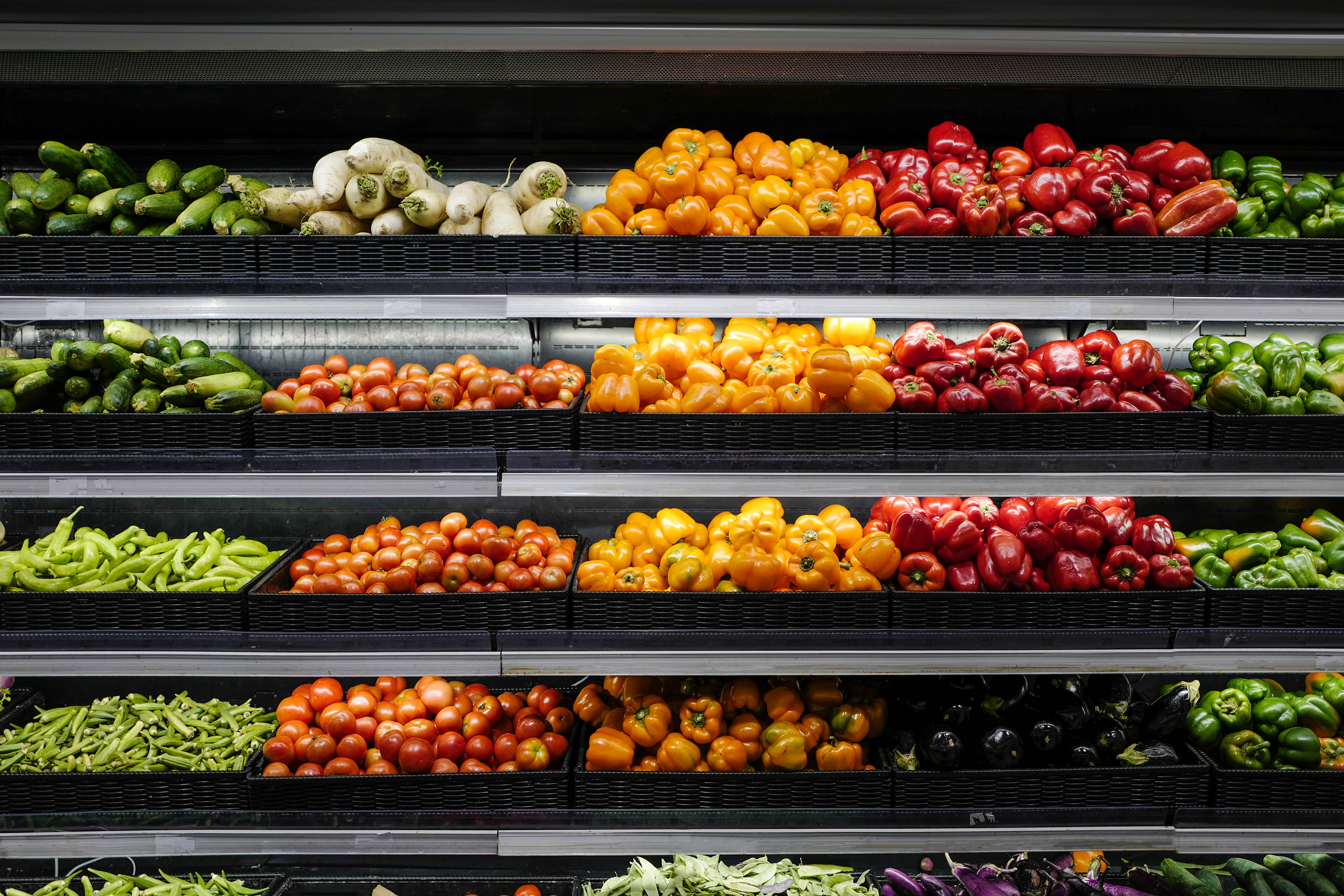EY refers to the global organization, and may refer to one or more, of the member firms of Ernst & Young Global Limited, each of which is a separate legal entity. Ernst & Young Global Limited, a UK company limited by guarantee, does not provide services to clients.
How EY can Help
-
Discover how EY's Supply Chain Transformation solution can help your business move towards fully autonomous, connected supply chains that drive business growth.
Read more
Flexibility
To meet customer demand in complex circumstances, you need a flexible supply chain that can respond quickly to disruptions. Not being dependent on a single supplier of critical components in your network, but purchasing the same product from multiple suppliers limits supply risks. It is also useful to have real-time data on your own stocks, those of your suppliers, and the stock of your customers.
With the necessary technology - such as machine learning and algorithms - you can anticipate changes to get your products delivered quickly and cost-efficiently. The algorithm can, for example, decide to skip a step in the chain to guarantee the correct service.
Data and collaboration
Close cooperation between all business partners in the business network also contributes to greater resilience of the supply chain. By continuously sharing data and entering into consultation, unforeseen circumstances can be anticipated more quickly.
It is important to look beyond the direct partners and map the entire chain. A problem in the chain (e.g. stock shortages, production stoppages, etc.) can have consequences for several links in the network. The faster the information is shared with the network, the faster an appropriate solution can be devised to respond to the risks.





